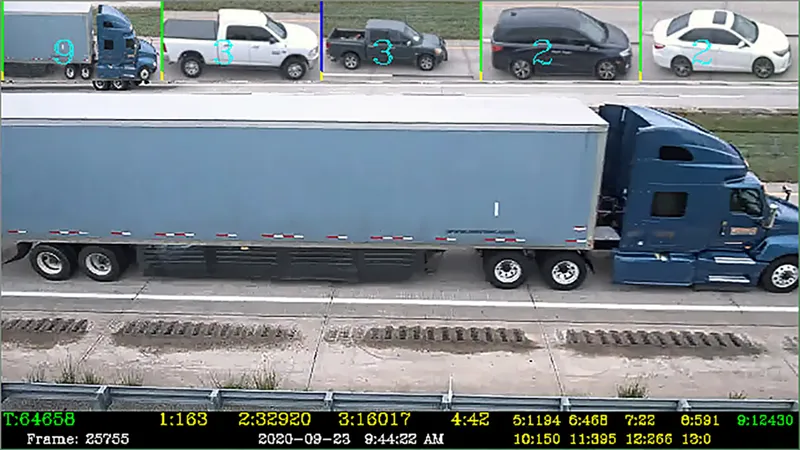Redflex is proud to announce that its RedflexHadecs3 speed compliance camera system has received UK Home Office type approval (HOTA).
RedflexHadecs3 is a gantry- or MS4 sign-mounted variant of Redflexspeed radar and is to be used by the UK Highways Agency for their Digital Enforcement Compliance System (HADECS 3) managed motorway project to support the implementation of mandatory and variable speed limits on selected motorways. Cameras mounted to the side of the motorway automatically adjust to the new e
April 14, 2014
Read time: 2 mins
RedflexHadecs3 is a gantry- or MS4 sign-mounted variant of Redflexspeed radar and is to be used by the
RedflexHadecs3 uses non-intrusive dual radar for the detection of speed offences in all weather conditions, with lane identification, vehicle position and positive vehicle identification. In this application, the system is to be used for receding traffic only in up to five lanes of traffic, consisting of a hard shoulder, which may or may not be a running lane, and four running lanes.
A pole-mounted external aspect verification (EAV) system located in advance of the motorway variable message signs (VMS) monitors changes to the enforceable speed limit display and alerts the camera system to set new enforcing speed limit thresholds accordingly.
Violation data is sent from the camera system via a data network to an evidence receiving and control unit (ERCU) in a remote and secure office, where the offence viewing and decision system (OVDS) decrypts and then processes the violations for prosecution and when required creates a court file for a court viewer stand-alone utility (SAU) to display, print and export the evidence as an electronic file if required by the court.
Dual radar technology eliminates the usual radar anomalies and allows the system to be operated at sites where traditional radar-based camera systems fail, while the two radars operate independently to verify speed measurement.
Comments Ricardo Fiusco, Redflex CEO: “UK Home Office type approval is respected worldwide due to its stringent testing and certification, and we are delighted that RedflexHadecs3 has received approval.”










